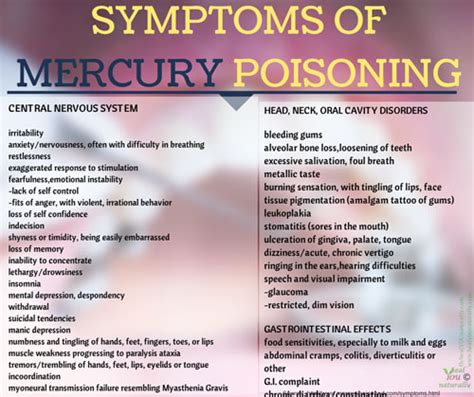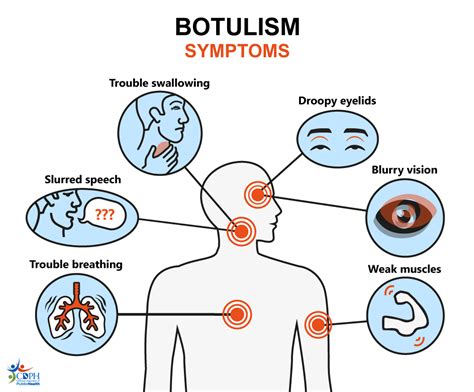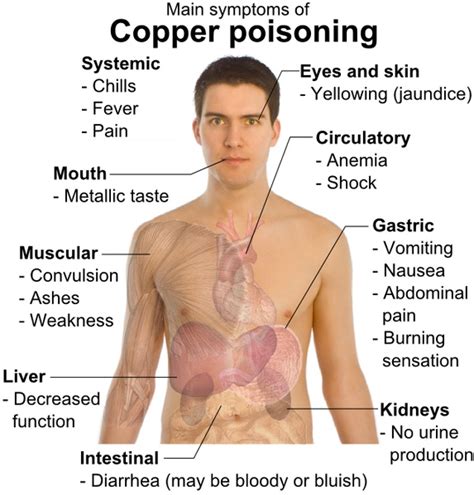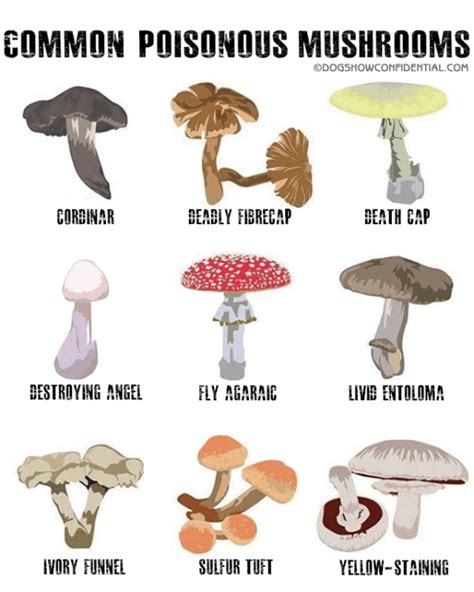
Mercury Poisoning
What is mercury poisoning?
Mercury poisoning is a condition that occurs when a person is exposed to high levels of mercury, either through direct contact or by consuming contaminated food or water. Mercury is a toxic heavy metal that can be found in various forms, including elemental mercury, inorganic mercury compounds, and organic mercury compounds. It can enter the body through inhalation, ingestion, or skin contact. Once inside the body, mercury can accumulate in the organs, including the brain, kidneys, and liver, leading to a wide range of health issues.
There are several potential sources of mercury exposure. The most common sources include contaminated seafood, dental amalgams, and occupational exposure in certain industries such as mining, manufacturing, and dentistry. Mercury can also be released into the environment through the burning of coal and other fossil fuels, which can contaminate air, water, and soil. As a result, people living near industrial sites or areas with high levels of pollution may be at a greater risk of mercury poisoning.
The signs and symptoms of mercury poisoning can vary depending on the level and duration of exposure. Acute mercury poisoning can cause respiratory distress, chest pain, coughing, and difficulty breathing. It can also lead to gastrointestinal issues such as nausea, vomiting, and diarrhea. Long-term exposure to lower levels of mercury may result in neurological symptoms, including tremors, memory problems, irritability, and depression. Other possible symptoms include skin rashes, muscle weakness, and kidney problems.
Preventing mercury poisoning is crucial to protecting your health. Educating yourself about potential sources of mercury exposure and taking necessary precautions can significantly reduce the risk. For instance, limiting the consumption of certain types of fish known to contain high levels of mercury, such as shark, swordfish, and king mackerel, can help minimize exposure. It is also important to handle and dispose of products that contain mercury, such as thermometers and fluorescent light bulbs, in a safe manner.
Treatment options for mercury poisoning depend on the severity of the condition and the symptoms experienced. In cases of acute mercury poisoning, immediate medical attention is essential. This may involve removal of the source of exposure and administration of medications such as chelating agents, which can help remove mercury from the body. For chronic mercury poisoning, a combination of supportive treatments, lifestyle changes, and targeted therapies may be recommended to manage symptoms and prevent further exposure.
In conclusion, mercury poisoning is a serious health condition that can have wide-ranging effects on the body. Understanding the sources of mercury exposure, recognizing the signs and symptoms, and taking preventive measures are essential steps in protecting yourself from this toxic substance. If you suspect you or someone you know may have been exposed to mercury, it is important to seek medical advice and appropriate treatment. By being informed and proactive, we can all contribute to reducing the incidence of mercury poisoning and safeguarding our well-being.
Sources of mercury exposure
The sources of mercury exposure are numerous and can be found in various aspects of daily life. It is important to be aware of these sources in order to minimize the risk of mercury poisoning. Here are three common sources of mercury exposure:
- Fish and seafood: One of the primary sources of mercury exposure is through the consumption of contaminated fish and seafood. Mercury is released into the water through industrial pollution and ends up in the food chain. Larger predator fish and certain species of seafood can accumulate higher levels of mercury in their tissues. It is recommended to limit consumption of high-mercury fish such as shark, swordfish, king mackerel, and tilefish, especially for pregnant women and young children.
- Dental amalgam fillings: Dental amalgam, which is a mixture of mercury and other metals, has been used for dental fillings for many years. Although the release of mercury vapor from amalgam fillings is considered safe for most individuals, it can still contribute to overall mercury exposure. It is important to discuss the potential risks and benefits of dental amalgam fillings with your dentist, especially if you have concerns about mercury exposure.
- Broken thermometers and fluorescent bulbs: Another potential source of mercury exposure is through the accidental breakage of thermometers or fluorescent bulbs. These items contain small amounts of mercury, which can be released into the air when broken. Proper safety precautions should be taken when handling and disposing of broken thermometers and bulbs to minimize the risk of mercury exposure.
These are just a few examples of the sources of mercury exposure. It is important to be mindful of potential sources of mercury in your environment and take necessary precautions to reduce your exposure. By being informed and proactive, you can help protect yourself and your loved ones from the potential risks associated with mercury poisoning.
Signs and symptoms of mercury poisoning
Mercury poisoning is a serious condition that can have detrimental effects on the human body. It occurs when a person is exposed to high levels of mercury, a toxic heavy metal. Knowing the signs and symptoms of mercury poisoning is crucial in order to identify and treat the condition promptly.
The symptoms of mercury poisoning can vary depending on the level and duration of exposure. Common symptoms include neurological problems such as memory loss, difficulty concentrating, and irritability. Mercury can also affect the respiratory system, leading to coughing, chest pain, and shortness of breath. Gastrointestinal symptoms like nausea, vomiting, and diarrhea may also occur. In severe cases, mercury poisoning can result in kidney damage, tremors, and even death.
It is important to note that the signs and symptoms of mercury poisoning may differ in children and adults. In children, exposure to mercury can cause developmental delays, learning difficulties, and behavioral changes. They may experience difficulties with motor skills, have problems with speech and hearing, and exhibit irritability and shyness. In adults, mercury poisoning can result in mood swings, muscle weakness, and insomnia. Prolonged exposure to mercury can also lead to reproductive and fertility issues.
- Memory loss
- Difficulty concentrating
- Irritability
- Coughing
- Chest pain
- Shortness of breath
- Nausea
- Vomiting
- Diarrhea
It is worth noting that the symptoms of mercury poisoning can be similar to those of other conditions, making it important to seek medical advice for proper diagnosis and treatment. If you suspect you may be experiencing symptoms of mercury poisoning, consult with a healthcare professional to discuss your concerns and undergo appropriate testing.
| Common Symptoms | Neurological Symptoms | Respiratory Symptoms | Gastrointestinal Symptoms |
|---|---|---|---|
| Memory loss | Difficulty concentrating | Coughing | Nausea |
| Difficulty concentrating | Irritability | Chest pain | Vomiting |
| Irritability | Tremors (in severe cases) | Shortness of breath | Diarrhea |
Understanding the signs and symptoms of mercury poisoning is essential in order to protect yourself and your loved ones from potential harm. If you suspect exposure to mercury or experience any related symptoms, it is crucial to seek medical attention promptly for a proper diagnosis and appropriate treatment options.
Preventing mercury poisoning
Mercury poisoning is a serious health concern that occurs when a person is exposed to high levels of mercury, which is a toxic heavy metal. It can be found in various forms, including elemental mercury, inorganic mercury compounds, and organic mercury compounds. The effects of mercury poisoning can be detrimental to both physical and mental health, leading to symptoms such as cognitive impairments, kidney damage, and respiratory issues. Additionally, it can pose a significant risk to pregnant women and unborn babies.
Prevention is key when it comes to mercury poisoning. By taking certain precautions and being aware of potential sources of mercury exposure, you can significantly reduce the risk of poisoning yourself or your loved ones. To prevent mercury poisoning, it is necessary to understand the different sources and take appropriate measures to minimize exposure.
Sources of Mercury Exposure:
- Fish and Seafood: Certain types of fish, especially larger predatory fish like shark, swordfish, and king mackerel, contain high levels of mercury. It is advisable to limit consumption of these fish, particularly for pregnant women and young children.
- Dental Amalgam: Dental fillings that contain mercury can release small amounts of mercury vapor over time. Discuss with your dentist the use of alternative materials if you have concerns about mercury exposure.
- Thermometers and Barometers: Traditional glass thermometers and barometers often contain mercury. If one breaks, it is essential to clean up the spill properly and dispose of the mercury-containing item safely.
- Antiques and Traditional Medicines: Some antique items, such as old thermometers or mirrors, may contain liquid mercury. Traditional medicines and cosmetics from certain cultures may also contain mercury as an ingredient. It is crucial to be cautious and avoid using such products.
Preventing Mercury Poisoning:
| Preventive Measures | Explanation |
|---|---|
| Avoid High-Mercury Fish | Choose fish with lower mercury levels, such as salmon, trout, and sardines. Check local advisories for guidance. |
| Proper Disposal | Dispose of mercury-containing items, such as batteries and fluorescent bulbs, at designated drop-off sites. Do not throw them in the trash. |
| Mercury-Free Cosmetics | Look for labels on cosmetics and skincare products indicating they are mercury-free. |
| Proper Handling of Mercury | If you have to handle mercury-containing items, use gloves and avoid skin contact. Be cautious and follow safety guidelines. |
| Safe Dental Practices | Discuss with your dentist the potential risks and available alternatives for dental amalgam fillings. |
By being aware of potential sources of mercury exposure and taking appropriate preventive measures, you can greatly reduce the risk of mercury poisoning. Protect yourself and your loved ones by making informed choices and promoting a safe and mercury-free environment.
Treatment options for mercury poisoning
When it comes to treating mercury poisoning, there are several options available. The specific treatment will depend on the severity of the poisoning, the amount of mercury in the body, and the symptoms experienced by the individual. Chelation therapy is one of the most common treatment options for mercury poisoning. It involves the administration of chelating agents, such as DMSA or DMPS, which bind to the mercury and facilitate its elimination from the body. Chelation therapy may be done orally or intravenously, and is often used for individuals with high levels of mercury in their blood or urine.
Another treatment option for mercury poisoning is detoxification therapy. This involves supporting the body’s natural detoxification processes to eliminate mercury. This can be done through various methods such as sauna therapy or colon cleansing. These treatments help to increase sweating and bowel movements, which aid in the elimination of mercury from the body.
Symptomatic treatment is also an important aspect of managing mercury poisoning. Since mercury can affect various organs and systems in the body, addressing the specific symptoms is crucial. For example, if an individual is experiencing neurological symptoms such as tremors or memory problems, medications may be prescribed to help alleviate these symptoms. Similarly, if there are gastrointestinal symptoms such as nausea or vomiting, medications to control these symptoms may be recommended.
- In summary, the treatment options for mercury poisoning include:
- Chelation therapy
- Detoxification therapy
- Symptomatic treatment
It is important to note that treatment for mercury poisoning should be carried out under the guidance and supervision of a healthcare professional. They will be able to determine the most appropriate treatment approach based on the individual’s specific circumstances. Additionally, prevention is key when it comes to mercury poisoning, so it’s always recommended to be aware of potential sources of mercury exposure and take steps to minimize the risk.
Frequently Asked Questions
Question: What is mercury poisoning?
Mercury poisoning occurs when a person is exposed to high levels of mercury, either through ingestion, inhalation, or skin contact. Mercury is a toxic heavy metal that can have harmful effects on the nervous system, kidneys, and other organs.
Question: What are the sources of mercury exposure?
Mercury can be found in various sources, including environmental factors such as contaminated water, fish and seafood, dental fillings, certain cosmetics and skin lightening products, and industrial processes like coal burning and mining.
Question: What are the signs and symptoms of mercury poisoning?
The symptoms of mercury poisoning can vary depending on the level and duration of exposure. Common symptoms include neurological problems (such as tremors, memory loss, and difficulty concentrating), muscle weakness, fatigue, gastrointestinal issues, and mood disturbances.
Question: How can mercury poisoning be prevented?
To prevent mercury poisoning, it is important to limit exposure to mercury. This can be done by avoiding or minimizing consumption of high-mercury fish and contaminated water, using safe and effective alternatives to mercury-containing products, ensuring proper ventilation in workplaces where mercury is used, and implementing proper waste management practices.
Question: What are the treatment options for mercury poisoning?
Treatment for mercury poisoning focuses on reducing further exposure, removing mercury from the body, and managing symptoms. This may involve chelation therapy, in which medications are used to bind and remove mercury from the body, as well as supportive care to alleviate specific symptoms and promote overall health.
Question: Can children be affected by mercury poisoning?
Yes, children are particularly vulnerable to the harmful effects of mercury poisoning as their developing brains and bodies can be more sensitive to its toxic effects. Pregnant women and breastfeeding mothers should also take precautions to avoid mercury exposure, as it can be passed on to the fetus or infant.
Question: Are there any long-term consequences of mercury poisoning?
Yes, long-term exposure to high levels of mercury can have serious health consequences. It can lead to permanent damage to the nervous system, cognitive impairments, kidney damage, and even death. Prompt identification, treatment, and prevention of mercury poisoning are crucial to avoiding long-term complications.


